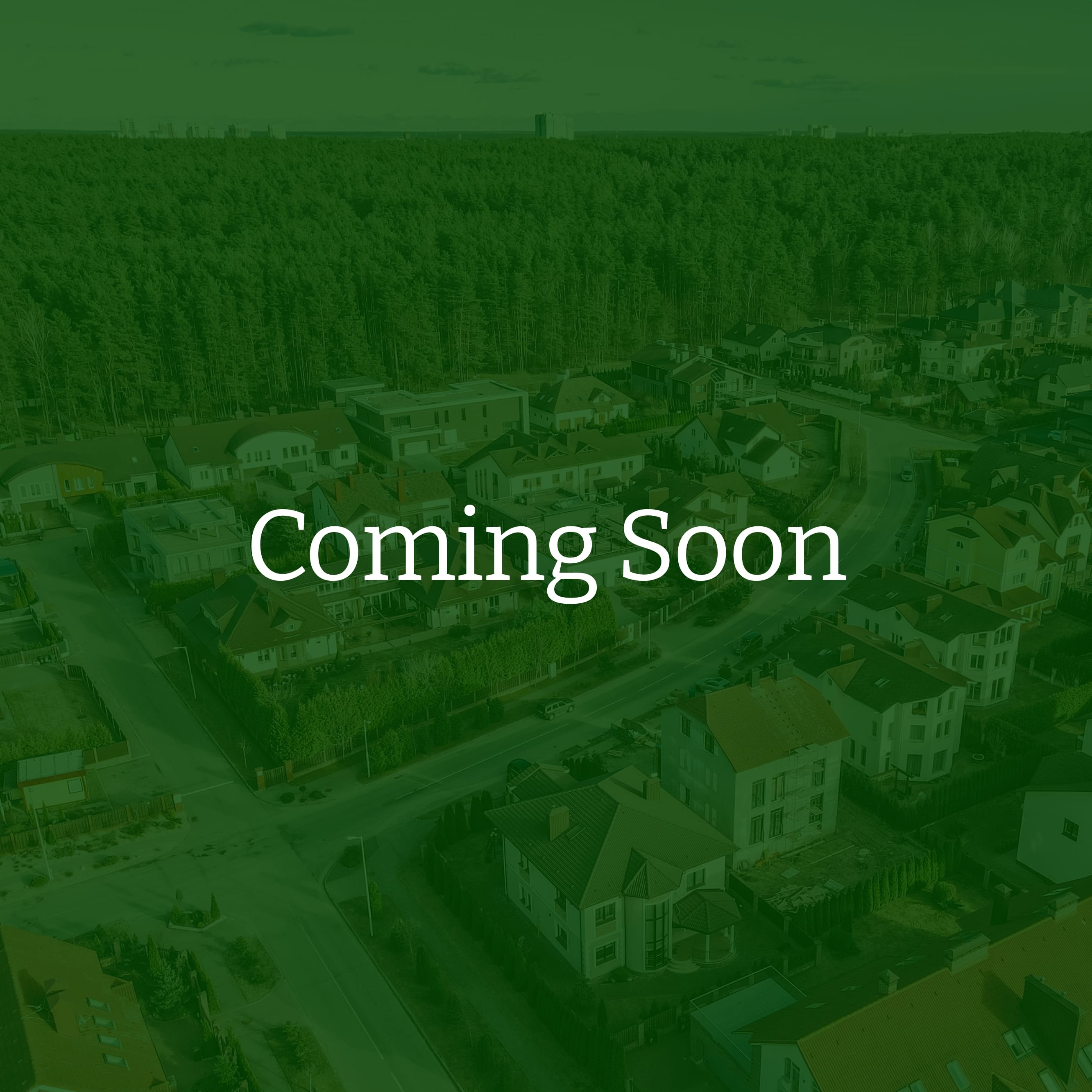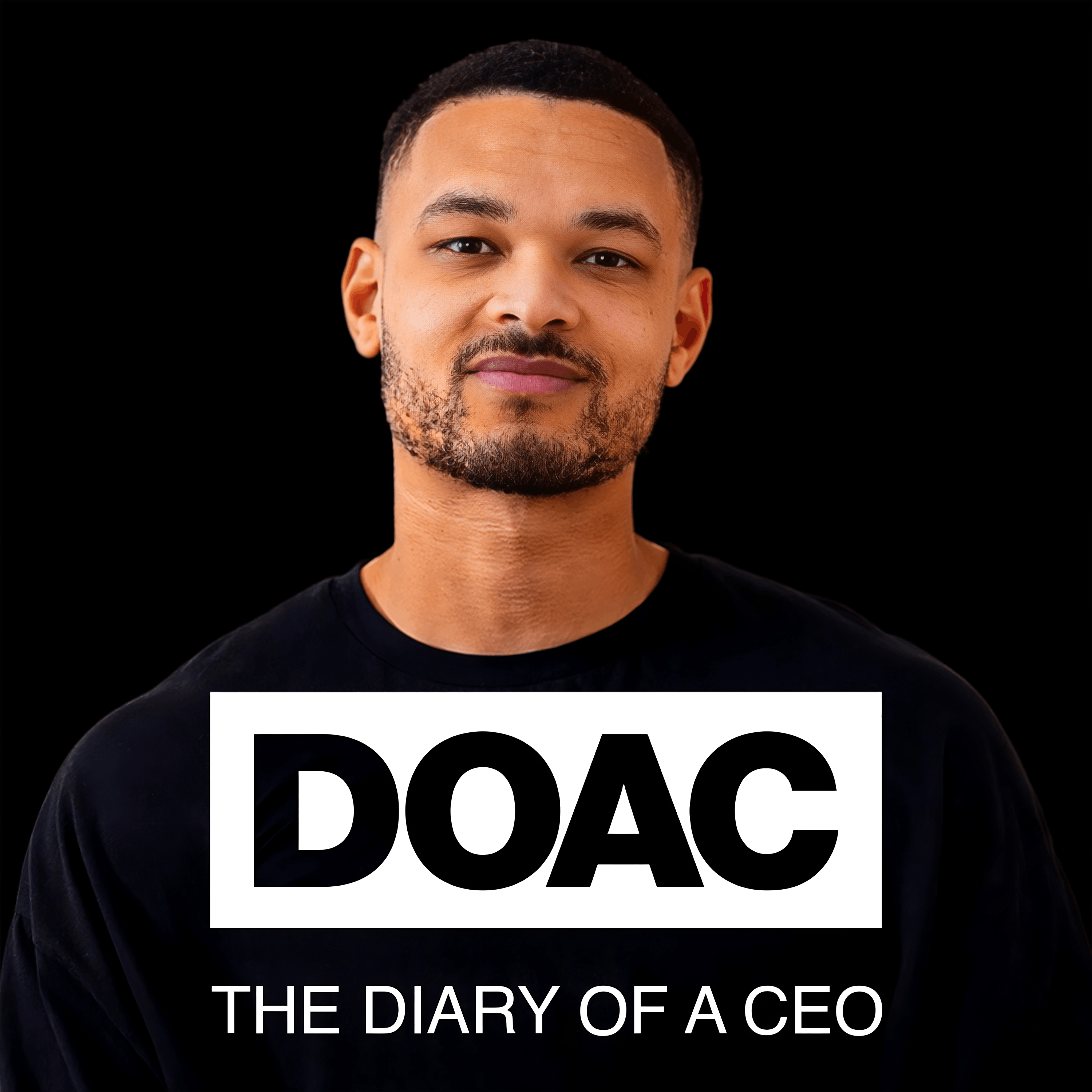
Heliox: Where Evidence Meets Empathy 🇨🇦
Join our hosts as they break down complex data into understandable insights, providing you with the knowledge to navigate our rapidly changing world. Tune in for a thoughtful, evidence-based discussion that bridges expert analysis with real-world implications, an SCZoomers Podcast
Independent, moderated, timely, deep, gentle, clinical, global, and community conversations about things that matter. Breathe Easy, we go deep and lightly surface the big ideas.
Curated, independent, moderated, timely, deep, gentle, evidenced-based, clinical & community information regarding COVID-19. Since 2017, it has focused on Covid since Feb 2020, with Multiple Stores per day, hence a sizeable searchable base of stories to date. More than 4000 stories on COVID-19 alone. Hundreds of stories on Climate Change.
Zoomers of the Sunshine Coast is a news organization with the advantages of deeply rooted connections within our local community, combined with a provincial, national and global following and exposure. In written form, audio, and video, we provide evidence-based and referenced stories interspersed with curated commentary, satire and humour. We reference where our stories come from and who wrote, published, and even inspired them. Using a social media platform means we have a much higher degree of interaction with our readers than conventional media and provides a significant amplification effect, positively. We expect the same courtesy of other media referencing our stories.
Heliox: Where Evidence Meets Empathy 🇨🇦
Female Medieval Scribes: A True Story
We love a good story, don’t we? Especially a historical one, filled with towering figures and grand narratives. We picture monks toiling away in dimly lit scriptoria, their quills scratching across parchment, preserving knowledge for future generations. It's a romantic image, steeped in a certain kind of masculine mystique. But what if that picture is incomplete? What if a significant part of that story has been deliberately, or perhaps simply conveniently, overlooked?
The truth, as it so often does, lies beneath the surface, waiting for someone to dig it up. And what a recent study has unearthed about the production of medieval manuscripts should make us question everything we thought we knew about who held the pen – quite literally – in the Latin West between 400 and 1500 CE.
For centuries, the narrative of manuscript production has been dominated by images of male monastic communities. Yet, despite an estimated ten million handwritten manuscripts produced during this period, with around 750,000 still preserved, a fundamental question has remained largely unasked: what was the quantitative contribution of female scribes?. It’s a gaping hole in our understanding, a silence where voices and efforts should have been acknowledged long ago.
Now, finally, someone has bothered to count. Using the Benedictine colophon catalogue, a vast collection of short statements often added to the end of manuscripts that identify the scribe, commissioner, and date of production, researchers have conducted the first bibliometric analysis of female scribal contributions. ... continue reading th
This is Heliox: Where Evidence Meets Empathy
Independent, moderated, timely, deep, gentle, clinical, global, and community conversations about things that matter. Breathe Easy, we go deep and lightly surface the big ideas.
Thanks for listening today!
Four recurring narratives underlie every episode: boundary dissolution, adaptive complexity, embodied knowledge, and quantum-like uncertainty. These aren’t just philosophical musings but frameworks for understanding our modern world.
We hope you continue exploring our other podcasts, responding to the content, and checking out our related articles on the Heliox Podcast on Substack.
About SCZoomers:
https://www.facebook.com/groups/1632045180447285
https://x.com/SCZoomers
https://mstdn.ca/@SCZoomers
https://bsky.app/profile/safety.bsky.app
Spoken word, short and sweet, with rhythm and a catchy beat.
http://tinyurl.com/stonefolksongs
Curated, independent, moderated, timely, deep, gentle, evidenced-based, clinical & community information regarding COVID-19. Since 2017, it has focused on Covid since Feb 2020, with Multiple Stores per day, hence a large searchable base of stories to date. More than 4000 stories on COVID-19 alone. Hundreds of stories on Climate Change.
Zoomers of the Sunshine Coast is a news organization with the advantages of deeply rooted connections within our local community, combined with a provincial, national and global following and exposure. In written form, audio, and video, we provide evidence-based and referenced stories interspersed with curated commentary, satire and humour. We reference where our stories come from and who wrote, published, and even inspired them. Using a social media platform means we have a much higher degree of interaction with our readers than conventional media and provides a significant amplification effect, positively. We expect the same courtesy of other media referencing our stories.
This is Heliox, where evidence meets empathy. Independent, moderated, timely, deep, gentle, clinical, global, and community conversations about things that matter. Breathe easy, we go deep and lightly surface the big ideas. When we think about the Middle Ages, you know, we often picture like monks in monasteries carefully copying texts by hand. Right. Yeah. That image kind of sticks with us. Yeah, it does. And it's true. You know, millions and millions of handwritten manuscripts were actually produced during the Middle Ages and the Latin West. A huge amount of work went into that. Yeah. But the contribution of women to this massive undertaking has really been a question mark until now. Yeah, precisely. You know, the traditional story about how medieval books were made has really focused on men and religious institutions for so long. Right. But the material shared for this deep dive actually looks at some fascinating new research that's really starting to paint a different picture. Yeah, it's really interesting stuff. And the core question they ask is, you know, it's a simple question, but it's profound. How many of these incredibly important medieval manuscripts were written by women? Exactly. And that is what we are diving into today on The Deep Dive. Trying to answer that question. Yeah. We've got some really compelling material here. A lot of it centered around a recent study that used a statistical approach to analyze written works, and it's called bibliometric analysis. Okay. And in this case, they focused on a huge collection of those little notes. You know, you find them sometimes at the end of manuscripts. They're called colophons. Yeah, the colophons. Yeah. Absolutely key to this whole puzzle. Think of them as like the medieval scribes way of signing their work, though not every manuscript has one. Right, right. But when they do appear, they can give us some really valuable information. Yeah. And this particular study concentrates on the Benedictine Colophon Catalog, a massive compilation containing nearly 24,000 of these entries. 24,000. That's a staggering amount of handwritten detail to go through. It's a lot. It is. And from that mountain of data, the researchers set out to find any evidence they could of female scribes. So our mission for you today is to extract the most important findings of this research, highlight the surprising facts, and really illuminate this previously underappreciated aspect of medieval book production. We'll explore how they did it, what they discovered, and what it all means. It's fascinating stuff. And I think it's crucial to recognize from the start just how difficult it is to even begin to quantify women's involvement in this area. You know, systematic record keeping specifically aimed at identifying female scribes just wasn't a priority back then. Right. So the very fact that this study is attempting to address this huge gap in our knowledge is, I think, a really important step forward. It's like trying to piece together a lost world. Yeah. With just a few fragments. Yeah. So tell us more about these colophones. What kind of information could they reveal beyond, you know, sometimes just a name? What else is hidden in these little notes? Well, beyond the scribe's name, you might find things like who commissioned the book, where and when it was made. Oh, interesting. And perhaps most fascinatingly, even personal thoughts, reflections from the scribe, or prayers even. Oh, wow. Yeah. Imagine stumbling across a handwritten sentiment from someone who painstakingly copied an entire book centuries ago. That's incredible. Yeah. Like a little personal connection across time. Yeah, absolutely. Now, this study relied heavily on the Benedictine colophon catalog. What exactly is that? And why is it such a valuable resource for this kind of research? It's a truly monumental work. Yeah. Compiled between 1965 and 1982 by the Benedictine monks of the monastery at Le Bouvere in Switzerland. Wow. Okay. It's a five-volume collection bringing together almost 24,000 colophons. These were gathered primarily from existing manuscript catalogs and, to a lesser extent, from original manuscripts themselves. I see. And it's considered to be the most comprehensive collection of its kind. However, we need to keep in mind that this catalog mainly reflects manuscripts that ended up in institutional collections like monasteries and libraries. It doesn't really capture the more informal world of literacy and book production that might have been happening in individual households. That's a really important distinction, isn't it? Because there's probably a lot that's missing. Yeah, definitely. Okay. So how did the researchers actually sift through all those thousands of entries to identify the female scribes? That must have been quite a task. Yeah. It was a meticulous process. Yeah. The primary way they identified female scribes was through self-identification within the colophons. This happened in a couple of ways. Either the scribes signed the colophon with a name that was clearly female, or they referred to themselves as a woman using specific terms in the text. Oh, okay. Interesting. Yeah. So in Latin, they looked for words like scriptrix, which means female scribe, or soror, meaning sister. Right. Which would often indicate a nun. Exactly. Right. Do we have any specific examples of how these women identify themselves? Yeah. I was just thinking that. I'm curious to hear some of the actual wording. Yeah. Well, the study highlights a Latin example. Scriptrix donentorto in cellis mercis scribentis, which means may the scribe be given her reward in heaven. Wow. Yeah. That's beautiful. Yeah, it is. And that particular colophon is catalog entry number 21616. Okay. And there's also an example in the vernacular, in this case, early German. Pidgott for the scriberin swester Apollonia palanderin, meaning pray to God for the scribe, sister Apollonia palanderin. Okay. And that's entry number 1296. It's so direct and personal. You really get a sense of the individual behind the writing. Absolutely. Now, the study also mentioned some visual examples. From what I understand, they were figure one and figure two in the source material. Can you kind of paint a picture for us of what those show? Absolutely. Figure one is a beautiful 12th century illustration from a homiliary, which is a collection of sermons. Okay. And it's a self-portrait of a female scribe and illuminator named Gouda. Oh, wow. Yeah. And the text within the decorated letter she's depicted in reads, Gouda, a sinful woman, wrote and painted this book. Wow. What's interesting is that this is an actual scribe shown in the act of writing. Medieval art, when women are shown with books, they're usually depicted as authors or figures from religious texts, not physically engaged in the labor of scribing. Oh, okay. So this is different. Yeah, this is different. It's like she's actually at work. Right. She is. She is. And her colophon is entry number 5652 in the Benedictine collection. Okay. Yeah. Figure two shows a portion of a colophon written by a name female scribe in the 15th century. And the full Latin text translates to, I, Brigitte, Sigfus's daughter, nun in the monastery, Monkaleve at Bergen, wrote this Psalter with initials, although not as well as I ought. Pray for me, a sinner. Wow. Her colophon is entry number 2235. These examples really kind of put a face to, you know, the data, so to speak. It's not just numbers on a page. It's actual people. Absolutely. Which leads us to the kind of central question here, which is after all this detailed investigation, what percentage of these nearly 24,000 colophons could be definitively attributed to female scribes? What was the finding? Okay. So the study found that out of the 23,774 colophons in the Benedictine catalog, a total of 254 could be identified with certainty as having been copied by women. Okay. That works out to be 1.1%. 1.1%. With a 95% confidence interval of 0.9% to 1.2%. Think of that range, 0.9% and 1.2%. It's giving us a measure of how confident the researchers are in that core 1.1% figure. Okay. It means they're pretty sure the real number isn't wildly different from that. And the researchers emphasize that this 1.1% should be considered a lower bound estimate. Lower bound meaning it could actually be higher. Yeah, potentially much higher. Yeah. We'll get into the reasons for that in a bit. Right. Okay, good. But even at 1.1%, you know, given the sheer scale of manuscript production during the Middle Ages, the researchers then took that number and tried to extrapolate it to kind of get a sense of the overall contribution. Okay. Right. Exactly. What did they find? Using existing estimates for how many manuscripts were produced overall and how many have likely been lost over time, the researchers inferred that at least 110,000 manuscripts were likely copied by women throughout the Middle Ages. Wow. Of that number, they estimate that around 8,000 might still exist today. That's a lot. Yeah, it is. It is. Now, they do acknowledge that, you know, the estimates for manuscript loss, particularly those proposed by scholars like Bering and Nettermeyer, are subject to some discussion within the academic community. Right. But the overall point remains that, you know, a significant number of manuscripts were likely produced by women. Yeah. I mean, even if that 110,000 is a little bit high or a little bit low, we're still talking about potentially tens of thousands of manuscripts. Yeah. A huge number. Created by women. Yeah. Yeah. So that's really significant. Now, the study also breaks down the identified female scribes into those who named themselves and those who were identified through gendered language in those anonymous colophons, right? Right. What did they find there? Out of the nearly 19,000 named colophon entries, 204 had clearly female names. Okay. And in the group of almost 5,000 anonymous colophons, 50 could be identified as being written by women based on the use of female nouns or pronouns within the text. Okay. Interestingly, while there were more unidentified entries over all the anonymous group, the percentage of female presence was statistically quite similar in both the named and anonymous categories. That's fascinating. So it suggests that whether a scribe explicitly stated their name or remained anonymous, the proportion of female scribes within those groups was fairly consistent. Yeah, it does. And I seem to recall something about instances where a single colophon listed multiple female scribes. That's right. In nine instances, a single colophon actually mentioned more than one female scribe, with one particular case listing as many as nine names. Wow. Yeah. However, they didn't find any examples of both mayor and female scribes being listed together in the same colophon. Huh. That's interesting. Yeah. So maybe that suggests something about how, you know, scribal work was organized or potentially even like gender segregated workspaces. Yeah. Yeah. It certainly raises questions about the social dynamics of manuscript creation. For sure. Now, let's go back to this idea of why that 1.1 percent figure is likely an underestimation. The study outlines several compelling reasons for this, doesn't it? Yeah, it does. Can we kind of go through some of the key ones? Sure. One important factor is the possibility that some women might have deliberately obscured their gender in their colophons. Oh, okay. Interesting. Yeah. They might have used language that appeared male or was gender neutral. Another possibility is that women were simply less likely to write colophons at all. Huh. The study draws a parallel here with the profession of licensed notaries, which generally wasn't open to women. I see. And because notaries were kind of expected to formally record specific information, this might have fostered a stronger tradition of colophon writing among men in general. Oh, that makes sense. Yeah. Yeah. So if you're working kind of outside of those formal structures, you might be less inclined to leave a formal record of your work. Yeah, potentially. Okay. What other factors could have played into this? Well, the researchers point out that some female scribes might have included their names or identifying information in the margins or other less formal parts of the manuscript rather than in the colophon itself. I see. Okay. Making them invisible to this type of analysis. Right. They wouldn't show up in the catalog. Right. Very. Additionally, there's the issue of how manuscripts survived over time. Right. You know, if manuscripts from regions where women were maybe more active had a lower rate of survival for whatever reason, that would obviously skew the data we have available. Yeah, for sure. Events like, you know, the Reformation, the dissolution of monasteries could have had a disproportionate impact on the survival of manuscripts from different institutions as well. Right. Potentially even affecting like the representation of female scribal work in the surviving records. Exactly. Okay. That makes a lot of sense. So it sounds like a whole range of factors could be at play, all potentially leading us to underestimate the true extent of women's involvement. Now, the study also examined whether the presence of female scribes changed over time. Right. And figure three in the source material illustrates some interesting trends across the centuries. Can you can you walk us through those a bit? Yeah, definitely. So figure three presents the observed number of manuscripts copied by women in different centuries based on those colophones. And one notable trend is a significant increase around the year 1400 in both the number of vernacular colophons, those written in the local language rather than Latin. Oh, it's what I'm saying. And the number of colophons overall identified as being by women. Okay. And to account for the fact that, you know, we naturally have more surviving manuscripts for more recent centuries just because less time has passed for them to be lost. The researchers also kind of adjusted that data, right? Right. And figure 3D shows those adjusted numbers. What did that analysis reveal? Yeah. So when they adjusted the data to account for the estimated loss rate per century, that's shown in figure 3b, a more nuanced picture emerges. It suggests that the number of women scribes remained relatively constant until around the year 1400. Okay. And after that point, there's a significant increase, particularly in those vernacular manuscripts. Yeah. The researchers suggest that this rise might be connected to an increase in demand, like a market for books in those everyday languages of the time. Right, right. And then if I remember correctly, it seems to kind of drop off again after 1500. Yeah, that's right. Which would make sense with the rise of printing. Exactly. So as printing became more widespread, the demand for handwritten manuscripts would have naturally decreased. Absolutely. So bringing all of this together, what are the really significant implications of this research? What's the big takeaway here? I think the key insight is that the estimated number of manuscripts likely written by women that at least 110,000 figures simply can't be explained by the relatively few known female scriptoria, those monastic centers for women that we know engaged in book production. Right. You know, this really points to the existence of either other unidentified communities of women who are producing books or a much larger number of individual women working as scribes outside of those established religious institutions. Yeah. I mean, that really kind of flips our understanding on its head, doesn't it? Yeah, it does. Because it's not just about, you know, the well-known female monasteries anymore. Right. There's this whole other potential layer of activity that we don't fully grasp yet. Exactly. And this leads to the central question that the researchers themselves pose at the end, right? Yeah, absolutely. They ask what broader historical, sociopolitical, and socioeconomic contexts beyond those established cryptoria actually supported women working as scribes during the Middle Ages. Yeah. You know, it opens up a whole new area for future research. Yeah, so much we don't know. So what directions do they suggest future investigations should take? Where do we go from here? Well, they propose several avenues. One is a more detailed geographical and chronological analysis of the whole Benedictine colophon catalog. Okay. You know, looking for patterns related to specific time periods or regions. Another is to delve into other historical records, things like parish registers, you know, tax records, even census data. To try and identify potential communities involved in book production. They also suggest further exploring the types of manuscripts that women were copying. Yeah. You know, were they mostly religious texts or did they encompass other genres as well? Yeah. And, you know, finally, they want to continue investigating the broader sociopolitical and socioeconomic factors that, you know, might have been at play. Right. And the researchers themselves really emphasize the value of this kind of quantitative analysis, don't they? They do. Why? Well, they point out that, you know, while in-depth case studies on individuals and specific scriptoria are valuable. Right. This type of quantitatory study offers a crucial, you know, bigger picture perspective. It gives us a statistical foundation and a framework for those more focused investigations. Okay. It helps us see the forest for the trees, so to speak. Right. Okay. So, big picture here. What does all this mean for our understanding of the Middle Ages? What's the takeaway for our listeners? I think it means that our picture of how books were made in that period is becoming more complete and more inclusive. Right. This research really provides compelling evidence that women played a consistent and likely much larger role than we realized in creating the very texts that shaped that society. Yeah. And to really underscore that point, let's go back to that that kind of surprising statistic we started with. Right. That potential figure of over one hundred and ten thousand manuscripts copied by women. Yeah. It's huge. A lot. And it highlights just how much we don't know about who these women were and where they were working. Here's where it gets really interesting, I think. You know, this research really compels us to fundamentally rethink not just the history of manuscript production, but the wider picture of female literacy and agency in the Middle Ages. It really makes you wonder what other hidden contributions might women have made throughout history that are yet to be uncovered through similar analysis. It certainly gives you a lot to think about. And ultimately, I think this study serves as a really powerful reminder that even in well-studied historical periods, new approaches and a focus on previously overlooked sources can uncover some really surprising insights and lead us to ask new and really important questions. The story of medieval book production is clearly still being written. For sure. Well, thank you so much for joining us on the Deep Dive today. This has been fascinating. I've learned a lot. Thanks for listening today. Four recurring narratives underlie every episode. Boundary dissolution, adaptive complexity, embodied knowledge, and quantum-like uncertainty. These aren't just philosophical musings, but frameworks for understanding our modern world. We hope you continue exploring our other podcasts, responding to the content, and checking out our related articles at heliocspodcast.substack.com. Music
Podcasts we love
Check out these other fine podcasts recommended by us, not an algorithm.

Hidden Brain
Hidden Brain, Shankar Vedantam
All In The Mind
ABC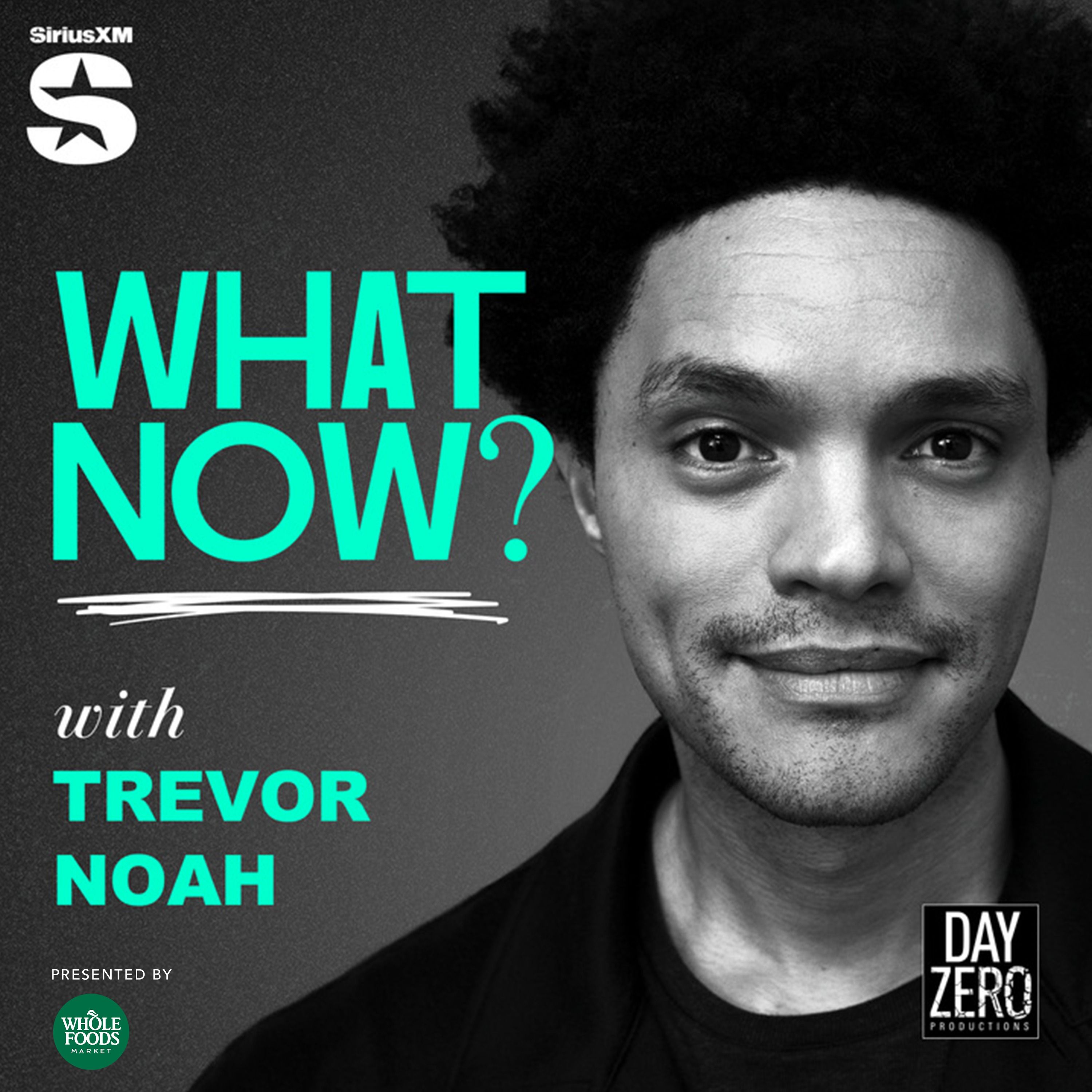
What Now? with Trevor Noah
Trevor Noah
No Stupid Questions
Freakonomics Radio + Stitcher
Entrepreneurial Thought Leaders (ETL)
Stanford eCorner
This Is That
CBC
Future Tense
ABC
The Naked Scientists Podcast
The Naked Scientists
Naked Neuroscience, from the Naked Scientists
James Tytko
The TED AI Show
TED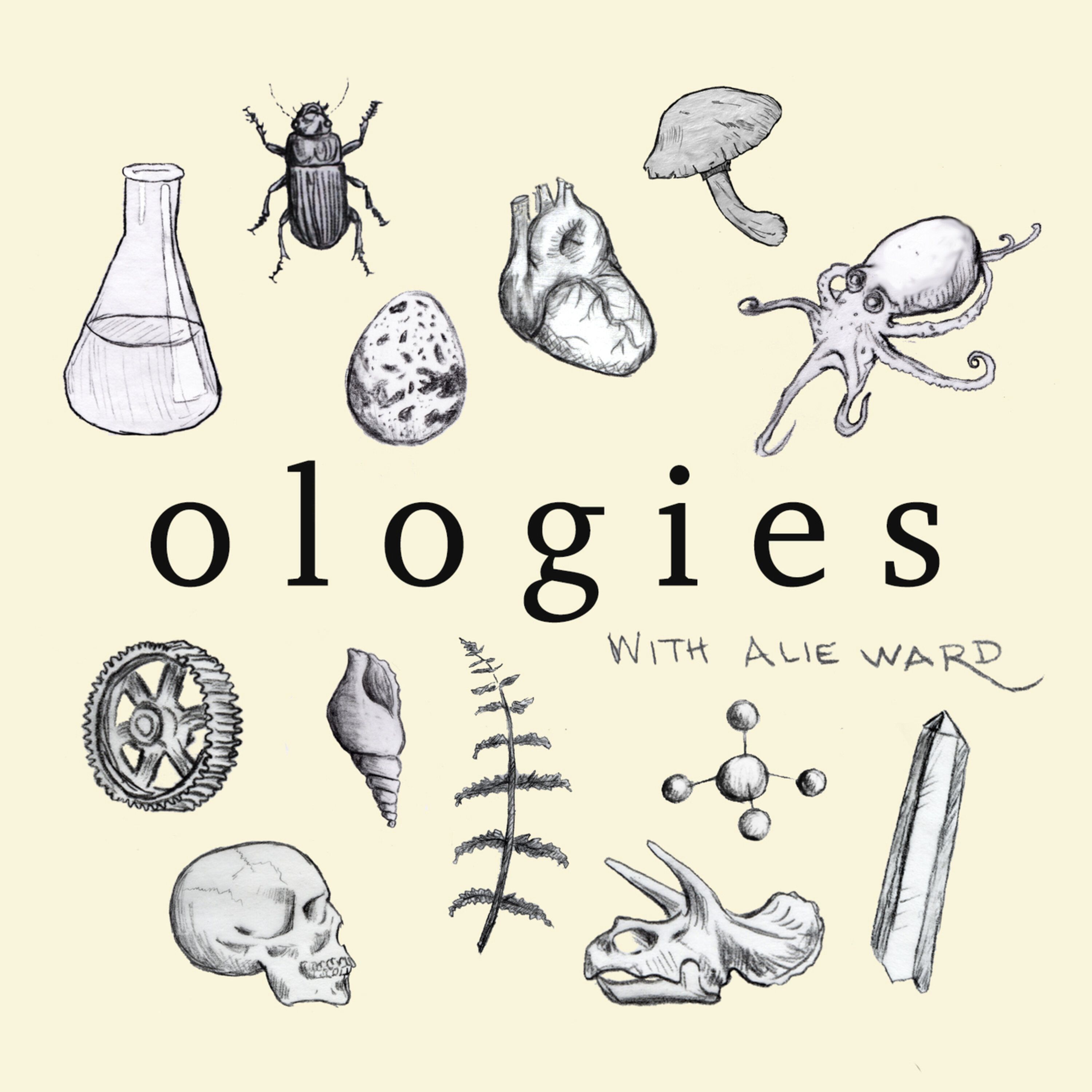
Ologies with Alie Ward
Alie Ward
The Daily
The New York Times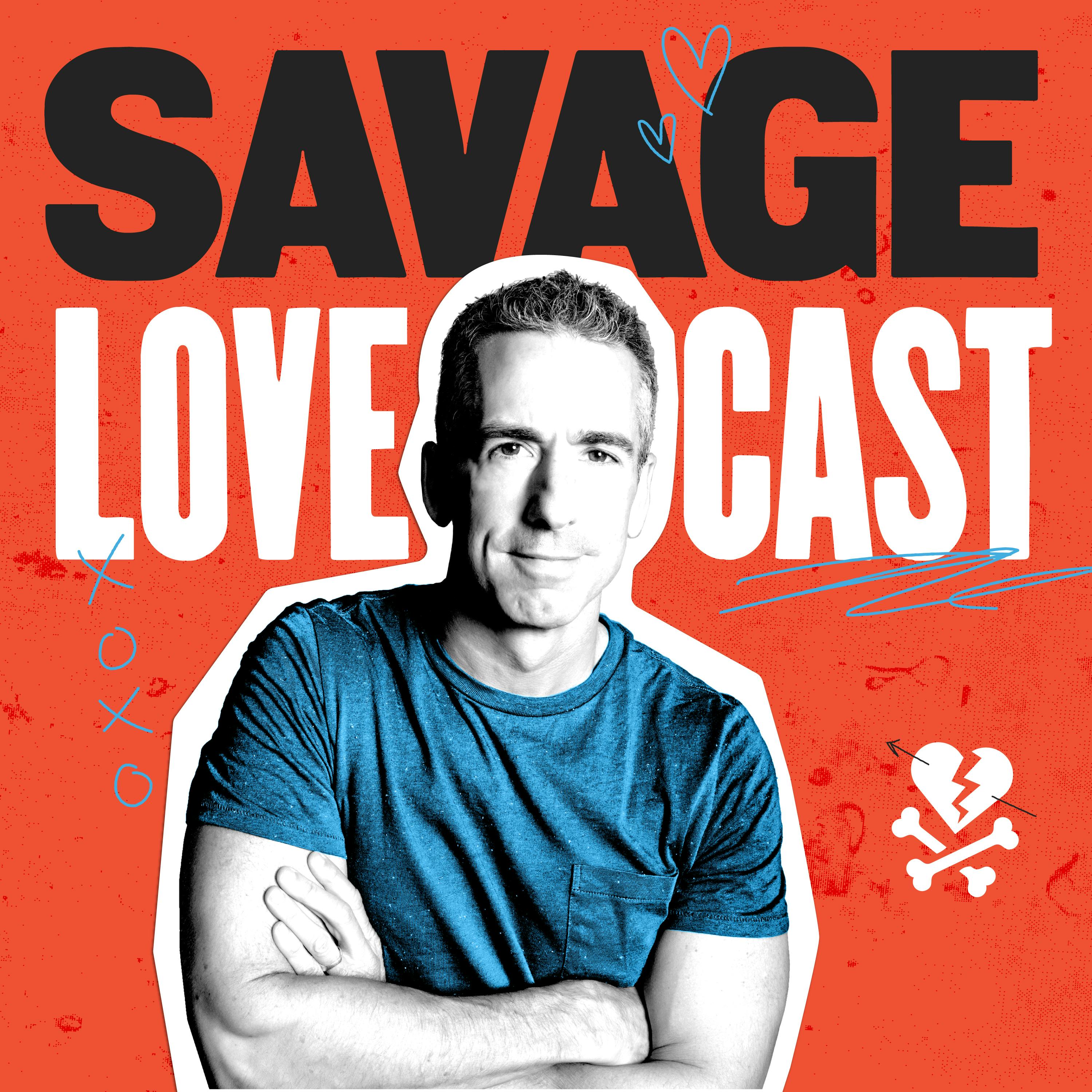
Savage Lovecast
Dan Savage
Huberman Lab
Scicomm Media
Freakonomics Radio
Freakonomics Radio + Stitcher
Ideas
CBC